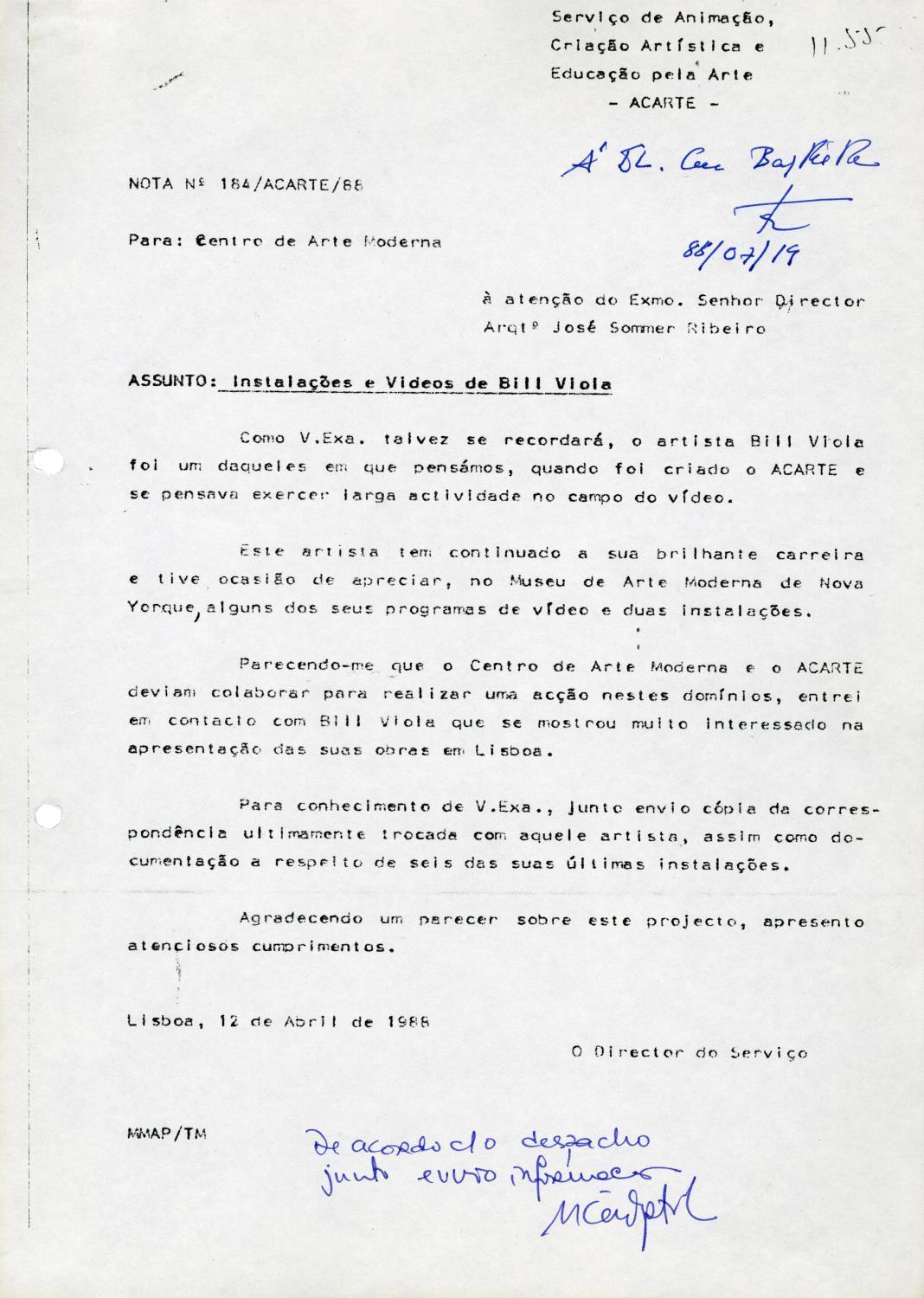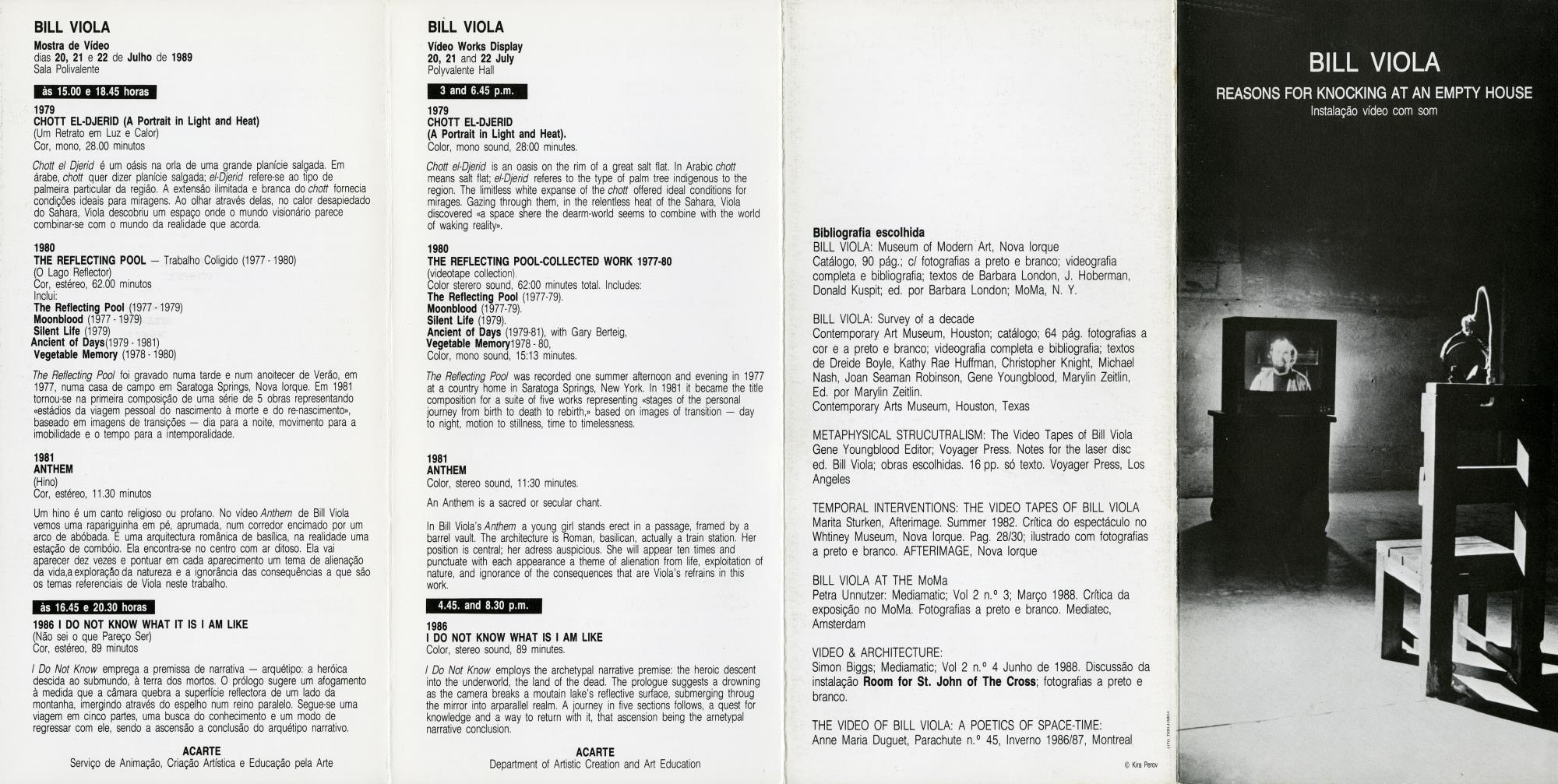
Bill Viola
Exposição itinerante que trouxe a Lisboa, pela primeira vez, uma seleção de trabalhos em vídeo e instalação do artista norte-americano Bill Viola (1951), nas quais abordava diferentes estados de consciência. Esta mostra surgiu na sequência de uma visita de Madalena de Azeredo Perdigão a uma exposição do artista apresentada no Museum of Modern Art de Nova Iorque.
Travelling exhibition presenting the work of US artist Bill Viola (1951) in Portugal for the first time, featuring a selection of video and installation works exploring different states of consciousness. The show was staged following the visit of Madalena de Azeredo Perdigão to one of the artist's exhibitions held at the Museum of Modern Art in New York.
Ficha Técnica
- Iniciativa
- Organizador / Serviço responsável
- Programação
- Coordenação geral
- Colaboração projeto exposição
Artistas / Participantes
Eventos Paralelos
Publicações

Material Gráfico
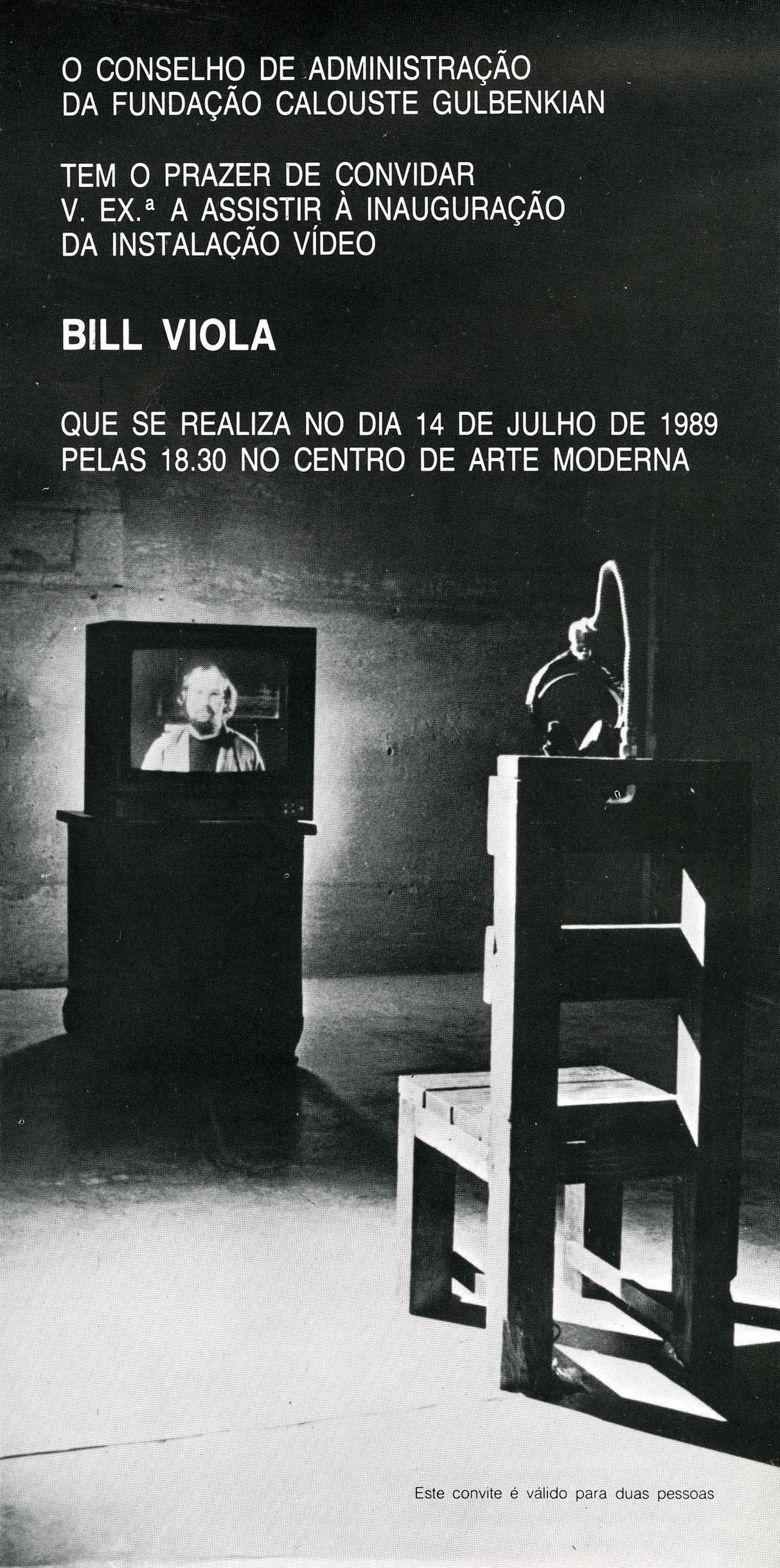
Bill Viola
1989
Fotografias
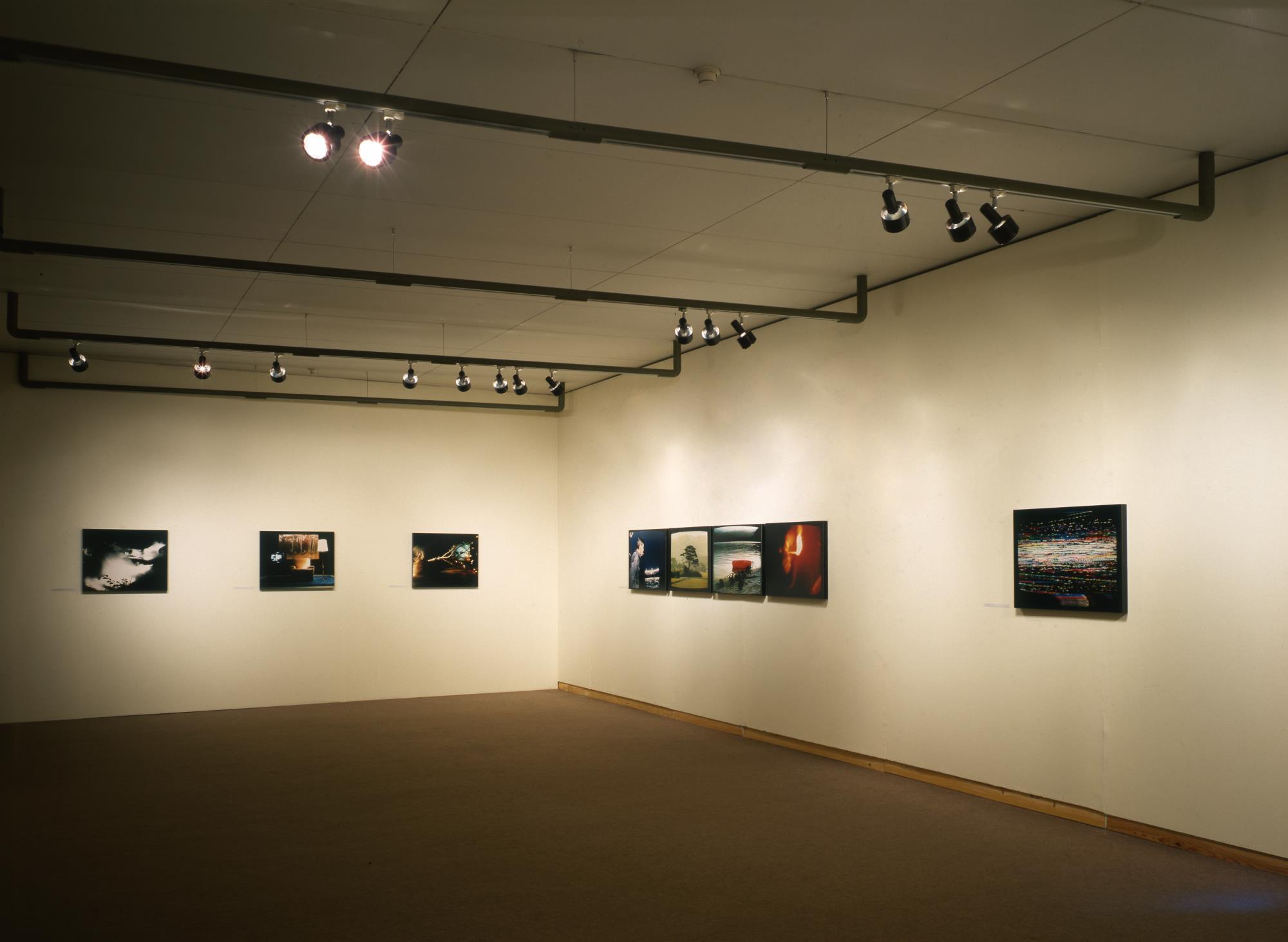
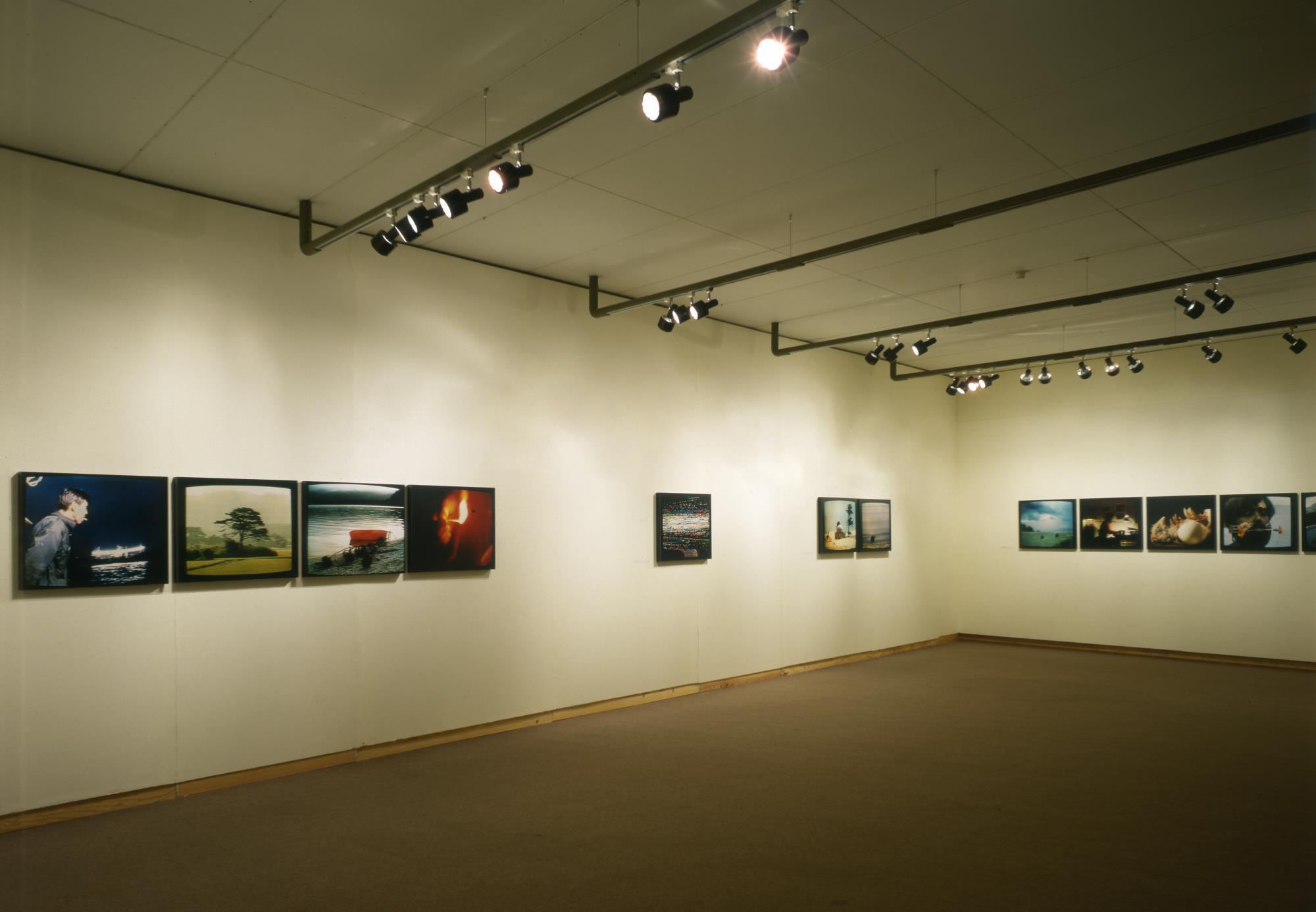
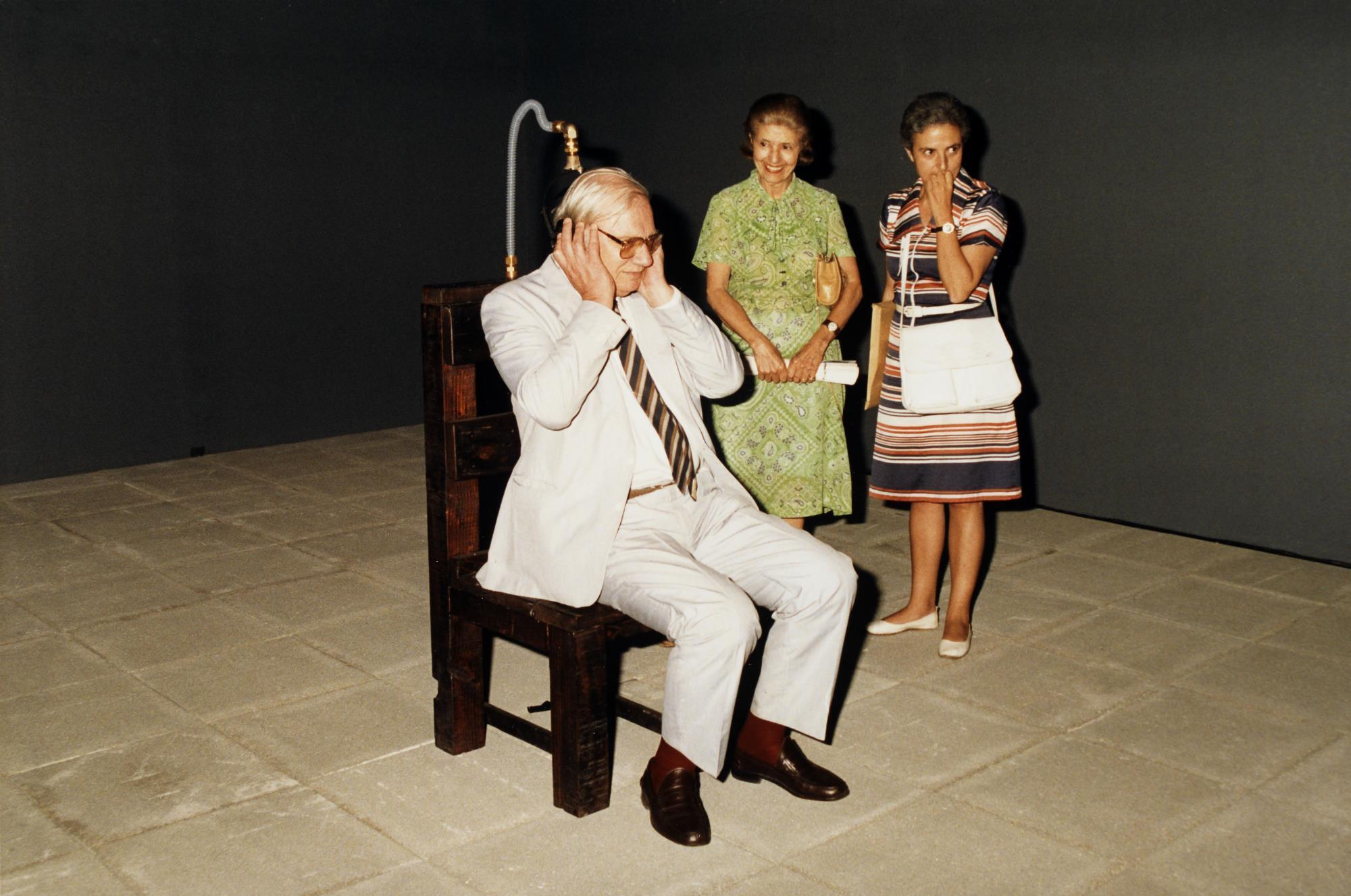
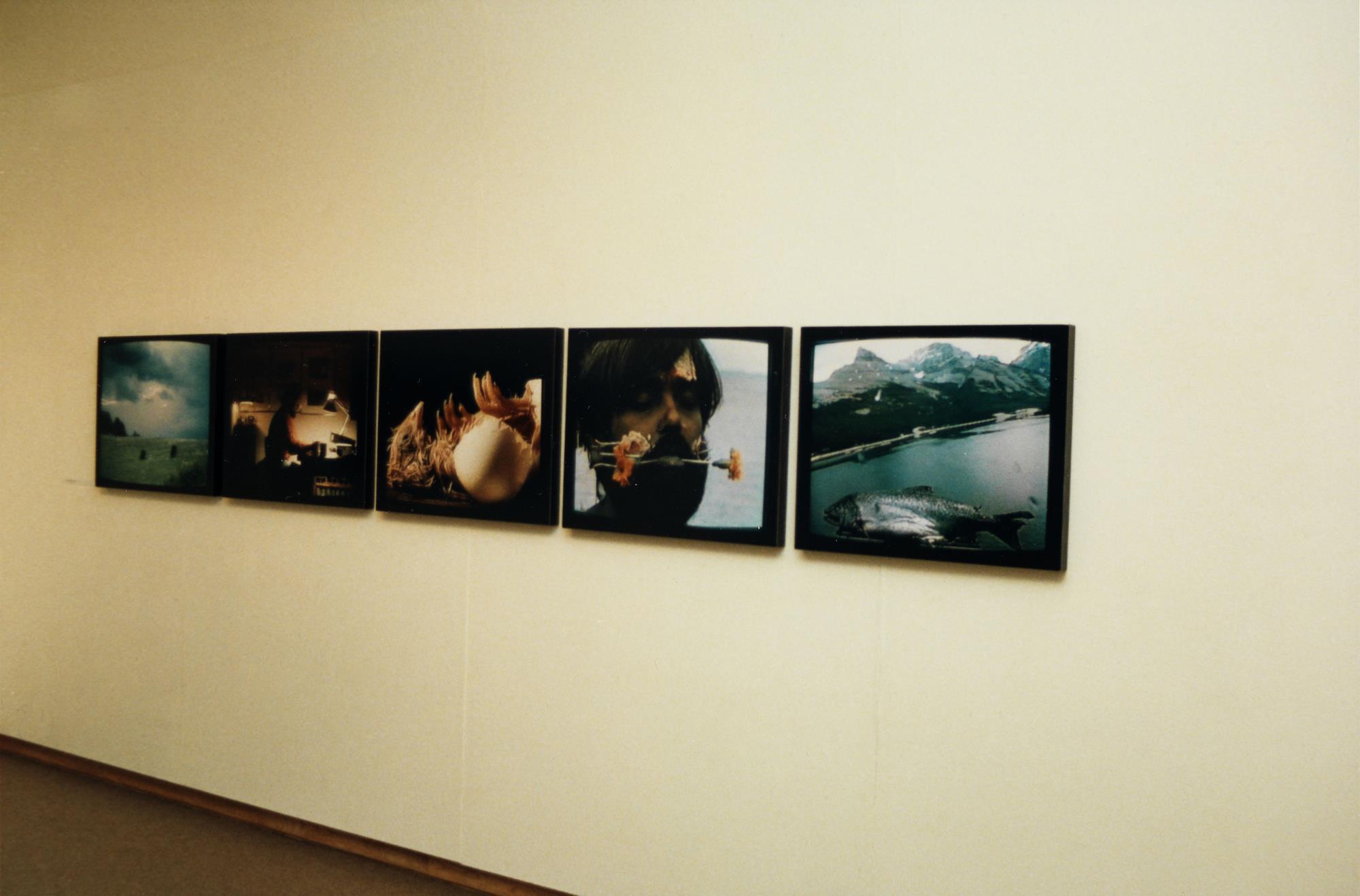
Documentação
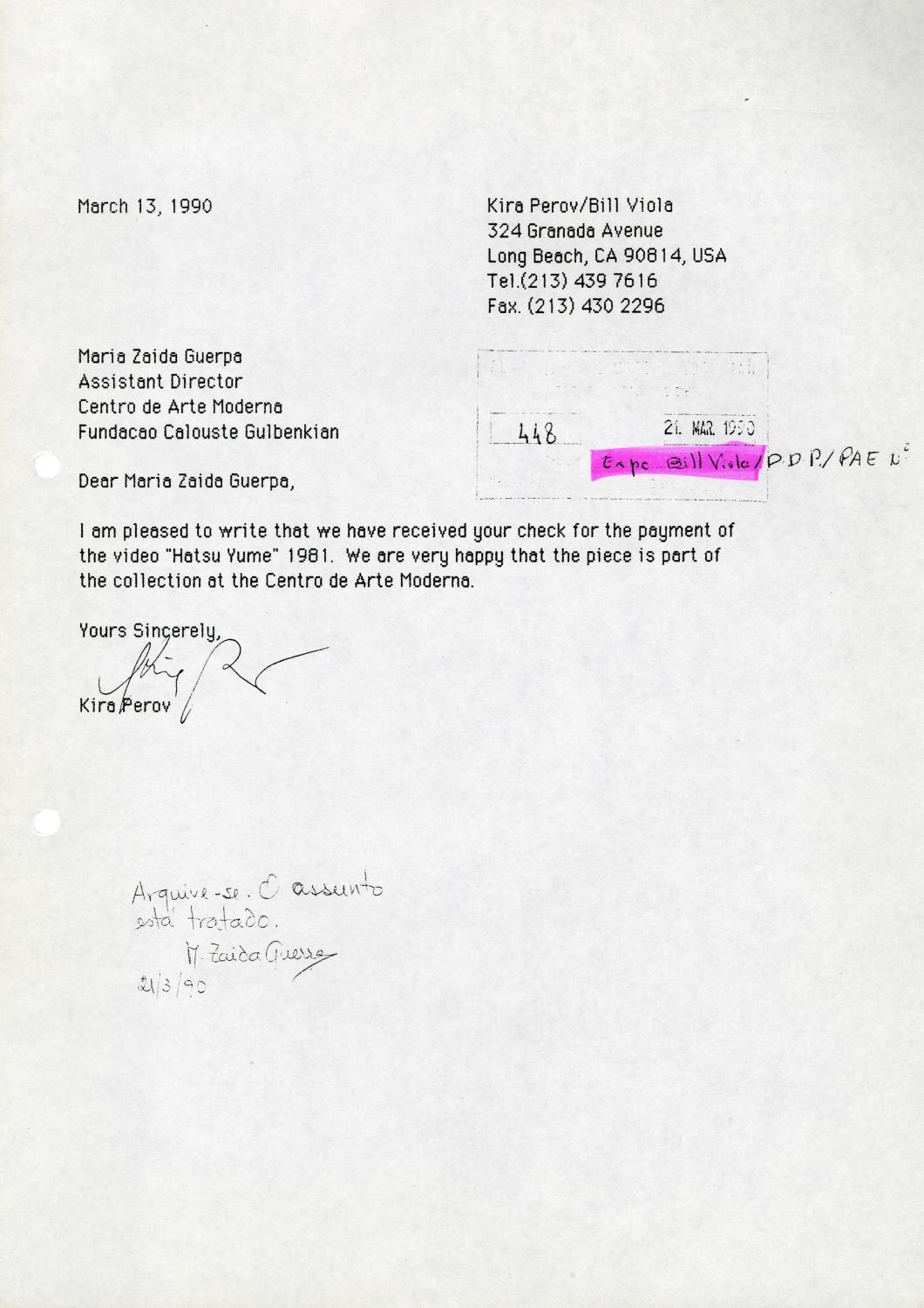
Kira Perov a Maria Zaida Guerra
13 mar 1990

Zoe Shearman a Maria do Céu Baptista
5 jun 1989

Zoe Shearman a Maria do Céu Baptista
23 mai 1989
Periódicos
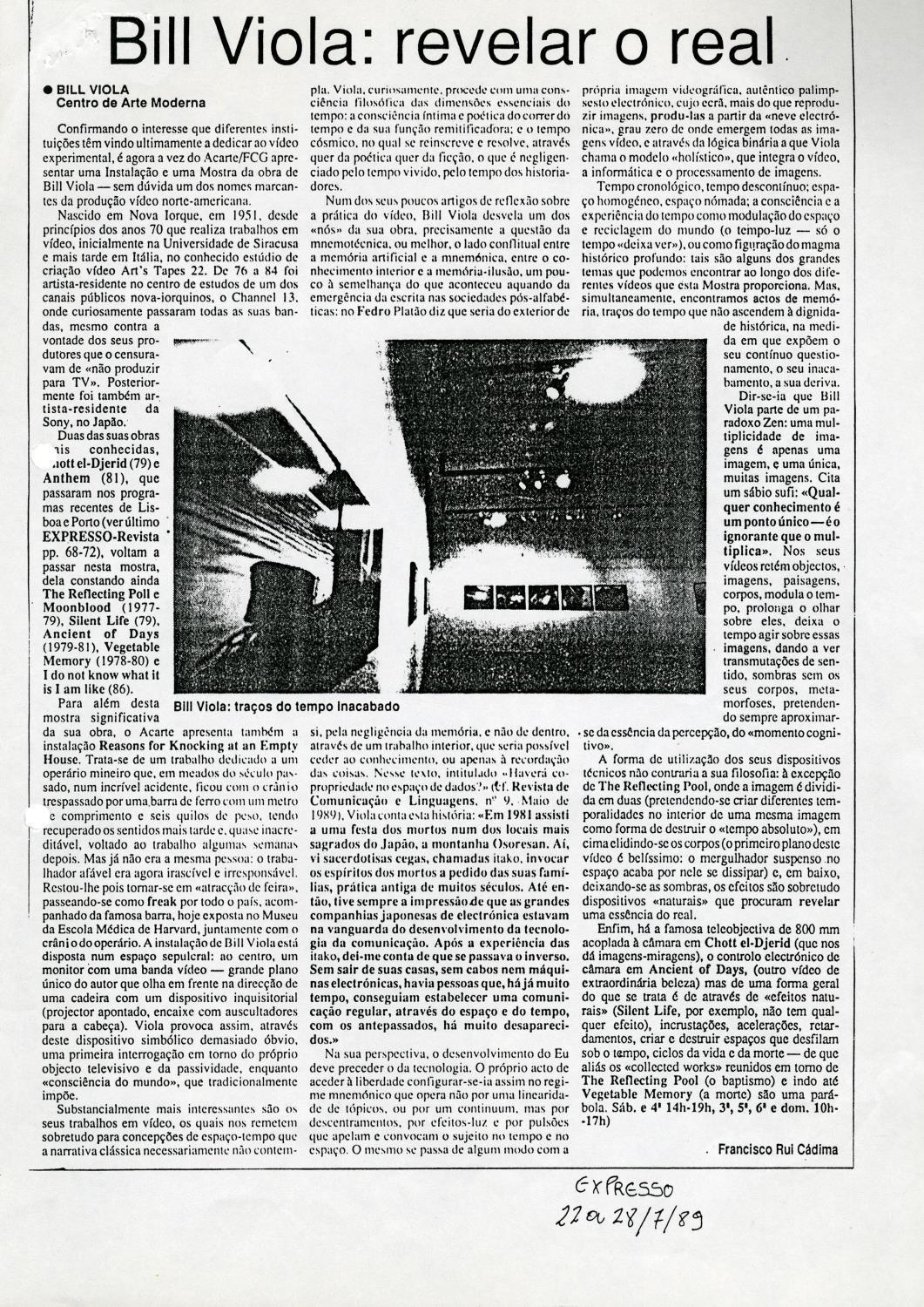
Expresso
Lisboa, 22 jul 1989
Páginas Web
Fontes Arquivísticas
Exposições Relacionadas
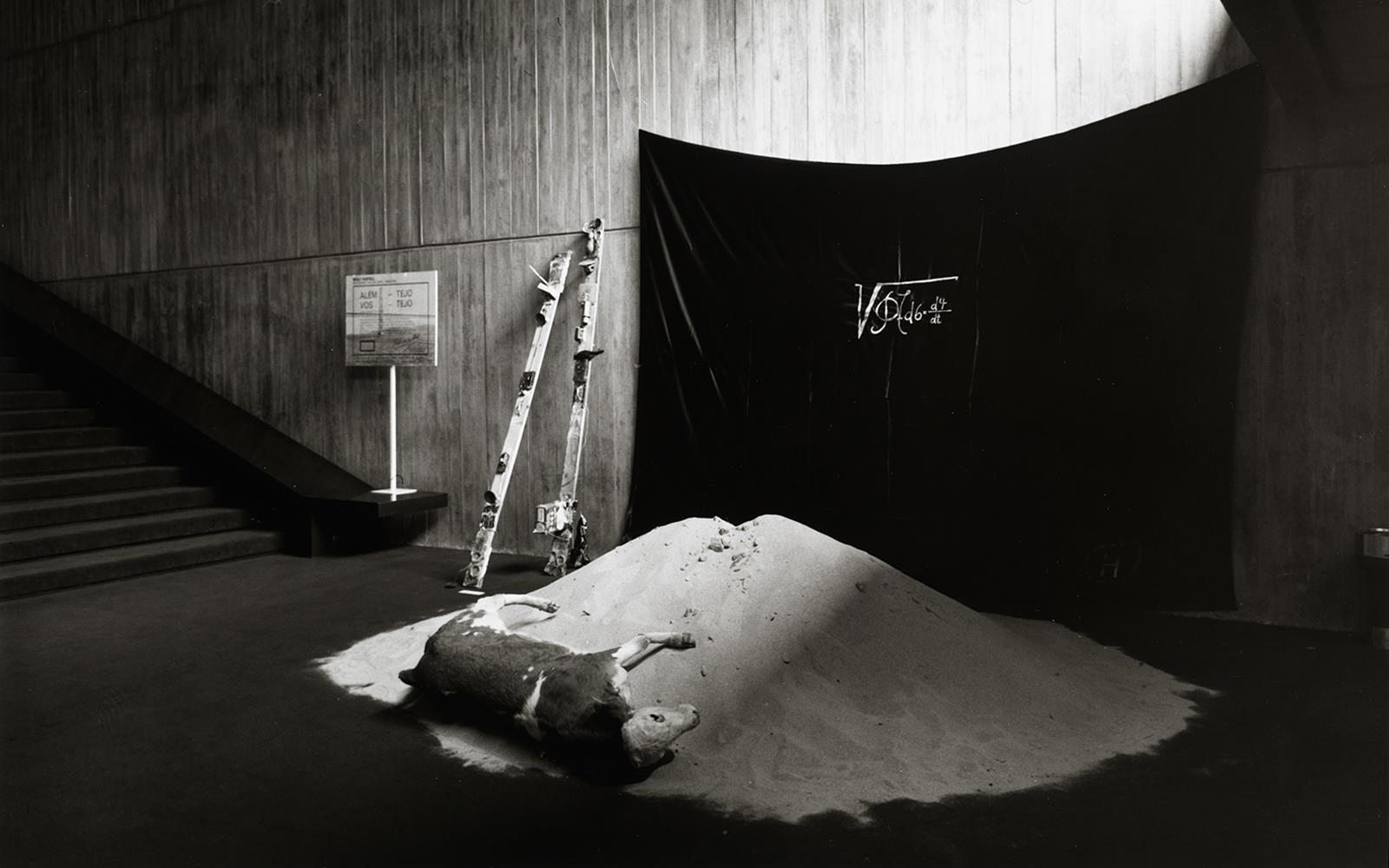
Wolf Vostell
1979 / Itinerância Portugal
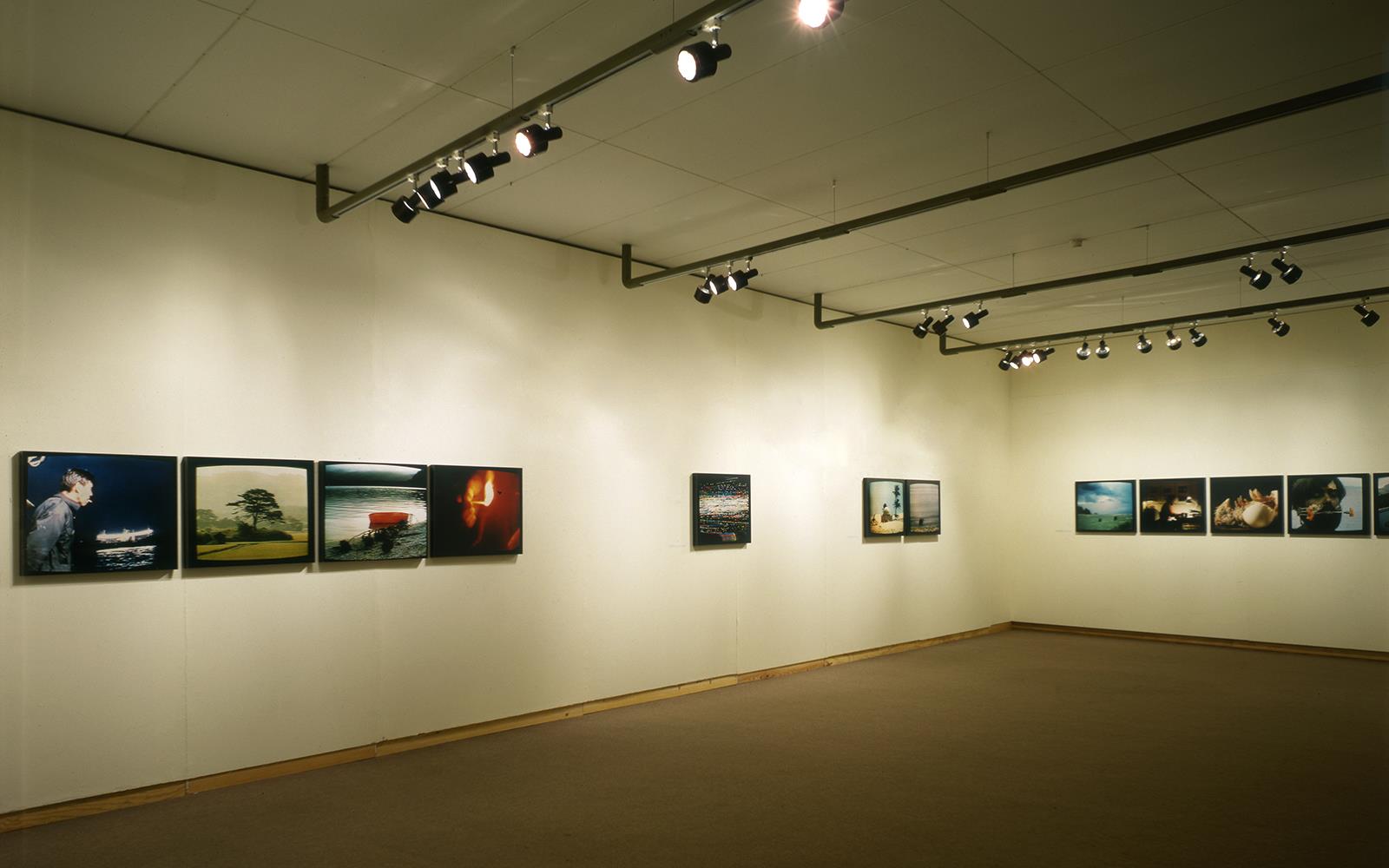
Bill Viola
1989 / Itinerância [organização externa]
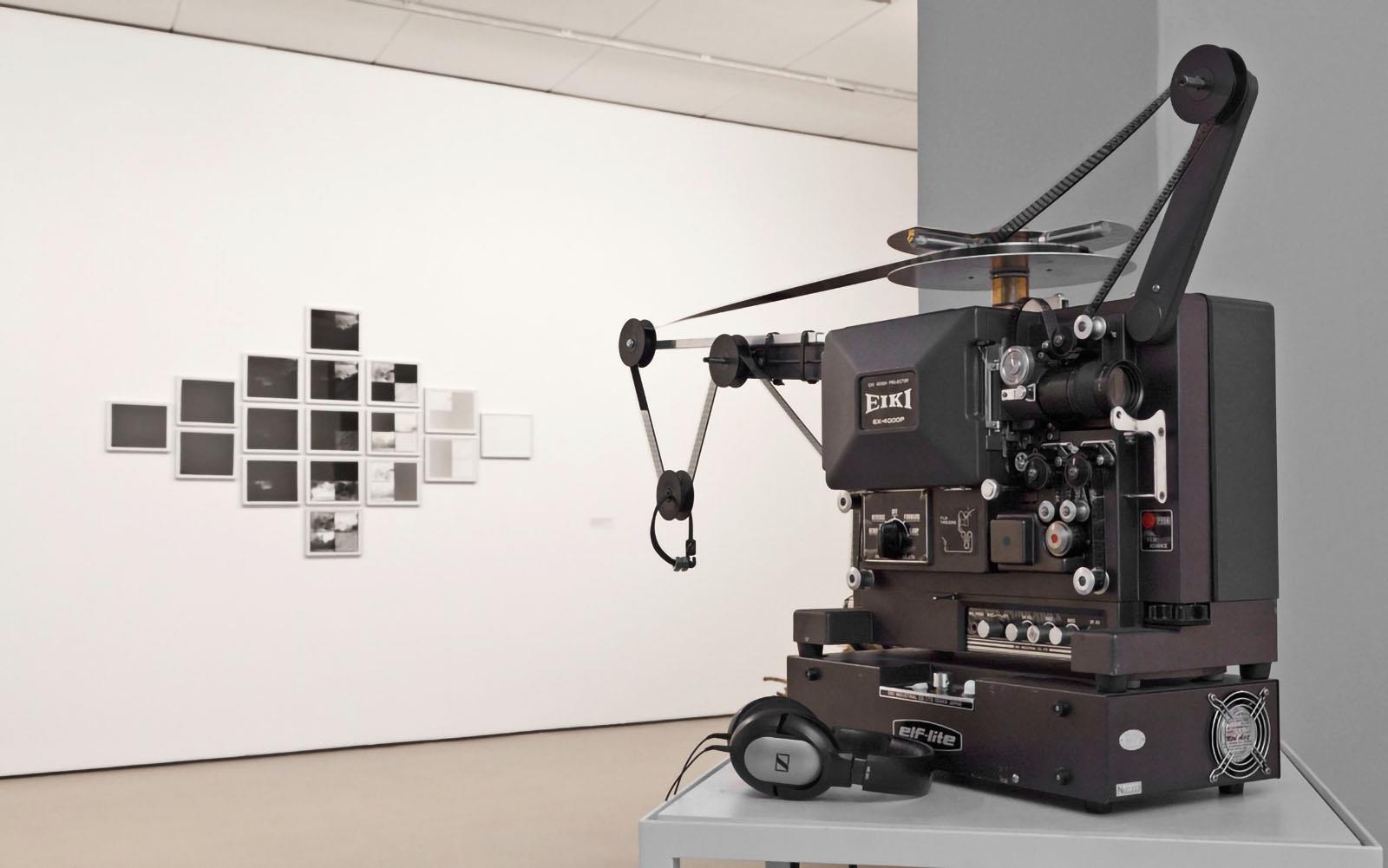
Gerard Byrne. Imagens ou Sombras
2012 – 2013 / Itinerância [organização externa]
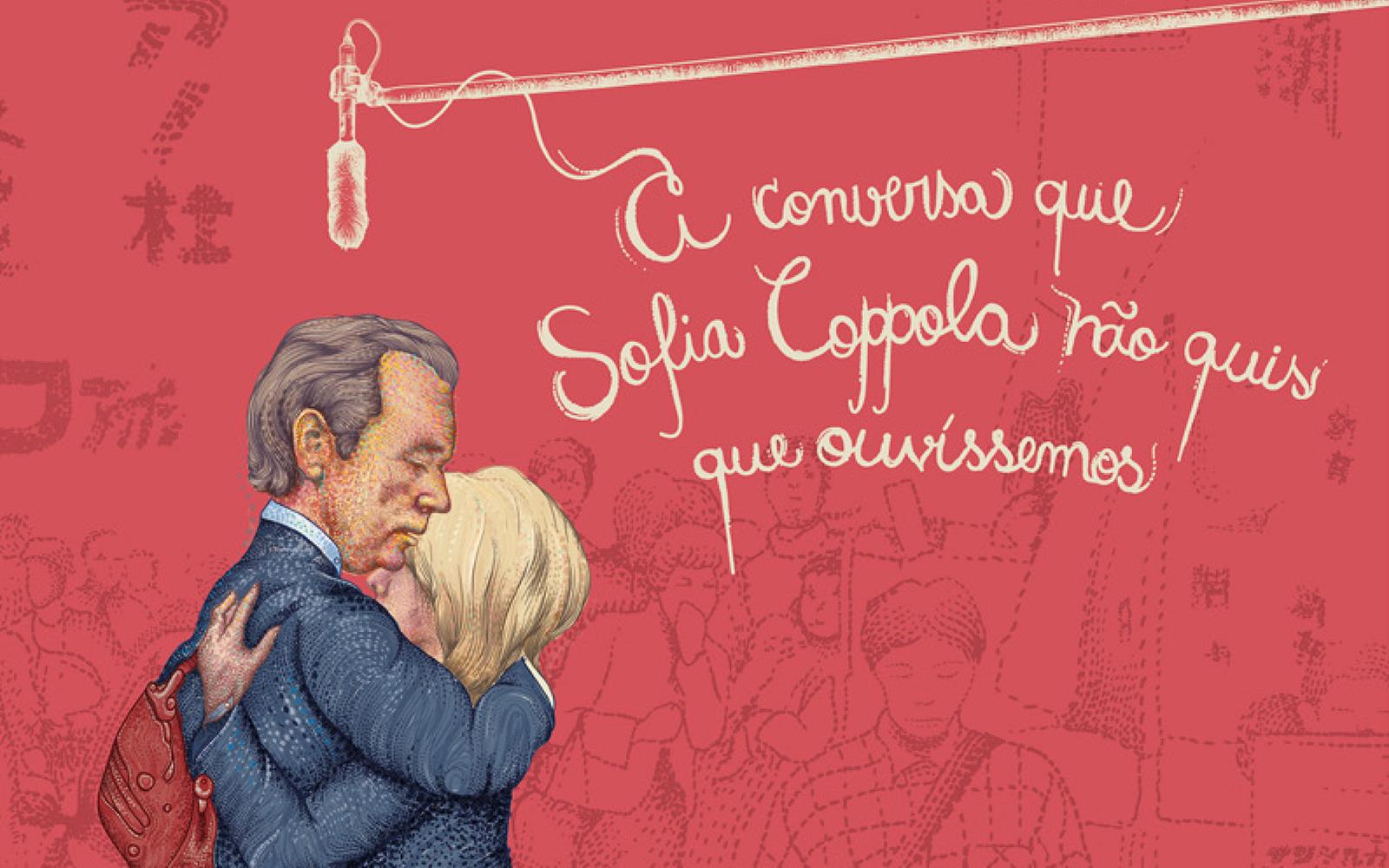
Elizabeth Price. User Group Disco
2014 / Centro de Arte Moderna, Lisboa
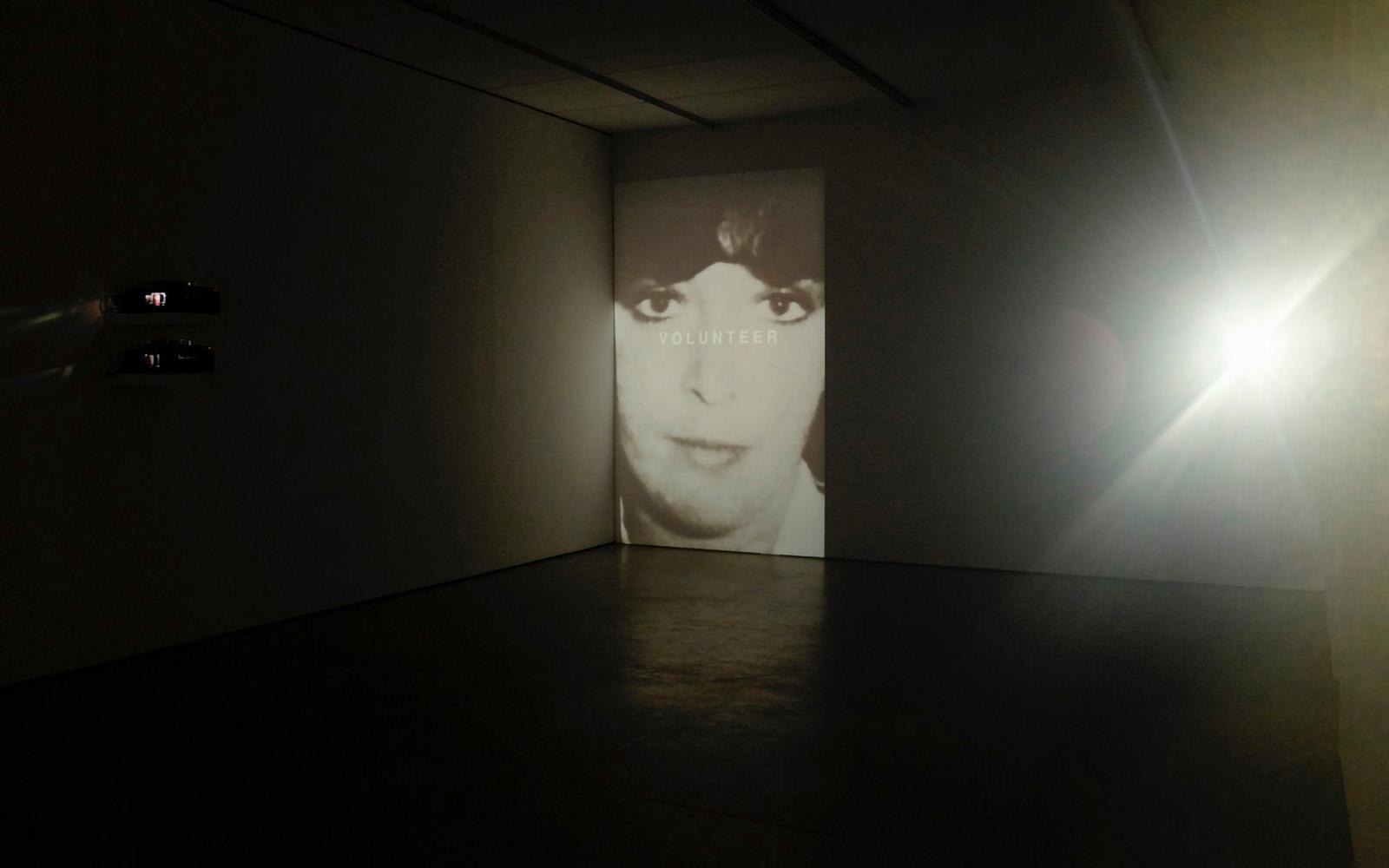
Willie Doherty. Uma e Outra Vez
2015 – 2016 / Centro de Arte Moderna, Lisboa

